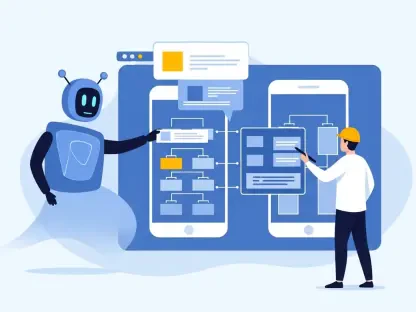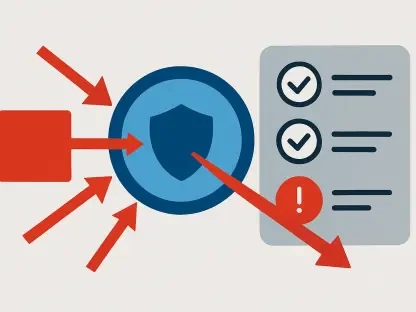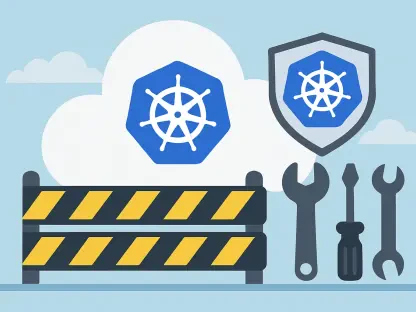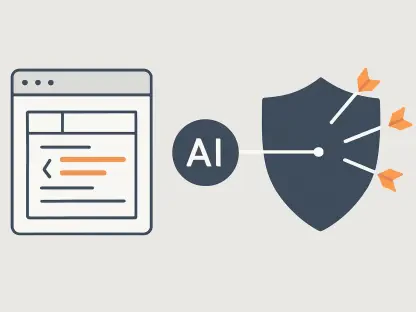The COVID-19 pandemic has disrupted entire markets and normal business practices, forcing companies to put cloud and low-code projects at the top of their priority lists. As working from home became the norm for both software developers and non-techies, the events of 2020 brought about a major spike in the use of low-code. Here are the best low-code and no-code platforms to use in 2021.
Forecast: 2021 Will Be the Year of Low-Code
The term “low-code” was first coined by Forrester in 2014 and is used to describe development platforms that focus on ease of use and simplicity of development. No-code and low-code enable businesses to easily create software, allowing users of all skill levels, not just developers, to code applications and bring them to market.
“By 2023, over 50% of medium to large enterprises will have adopted an LCAP as one of their strategic application platforms”, Gartner predicted in its 2020 report called Gartner Magic Quadrant for Enterprise Low-Code Application Platforms.
Internal, a platform empowering non-coders and coders alike to build powerful internal apps on top of their databases, APIs, and business applications, has recently announced the results of a third-party survey on no-code/low-code adoption by IT leaders. The research indicates that no-code/low-code will be a priority for nearly all (96%) IT and engineering decision-makers in 2021 because of the shortage of software engineers and the additional pressure on businesses.
On the other hand, according to Forrester’s 2021 predictions for software development, low-code will make it to the mainstream in 2021, with 75% of development shops adopting this platform. Forrester analysts found that “enterprises that embraced low-code platforms, digital process automation, and collaborative work management reacted faster and more effectively than firms relying only on traditional development”.
Best Low-Code and No-Code Platforms to Use in 2021
Appian
A veteran in the low-code development landscape, Appian is one of the best platforms out there. Appian breaks down its app creation, user interface (UI) customization, and process modeling into an integrated set of simply designed experiences. Appian offers a 30-day trial edition and its pricing plans start at $75 per user per month.
OutSystems
OutSystems is one of the most powerful developer and IT-focused platforms for heavy-duty, low-code app creation. The platform is designed to dramatically accelerate the development process for essential applications, while also delivering excellent levels of flexibility. The Free edition comes with a single development environment, limited scalability, and shared cloud infrastructure capacity.
Xplenty
Xplenty is a low-code ETL (extract, transfer, and load) data integration platform that allows users to effortlessly create data pipelines across a wide range of sources and destinations. Xplenty key features include a drag-and-drop interface, code-free data transformations, data migration abilities, and REST API connector. Xplenty offers a free 7-day trial to all new customers. After that, you pay a flat fee per month, based on the number of connectors.
Microsoft PowerApps
Microsoft PowerApps allows anyone to produce applications instantly with the help of pre-built templates. This tool is well designed for those who need to solve custom business challenges and it has an attractive user interface that’s easy to use. The pricing plans start at $10 per user/app/month. Those who want to run unlimited apps per user must pay $40 per user/month.
monday.com
monday.com provides a top low-code development platform that will help your company to digitize processes and automate workflows without coding. It features interactive boards and custom forms that will provide business data in a quick and standardized way. Monday.com offers a free trial, followed by four price plans, starting from $8/user/month for the Basic plan.
Creatio
With its handy graphics and dashboards, Studio Creatio truly embraces the “Everyone a Developer” concept. The platform empowers both IT and non-IT staff to effortlessly build enterprise-grade apps and processes. The system is available for subscription in two deployment options – Cloud and On-site Subscription – and it starts from $30 per user/month.
Mendix
Mendix is a cloud-native RAD platform that uses IBM Cloud or SAP Cloud platform. Mendix can deliver apps up to 10 times quicker than hand-coding. The platform, which helped users to build more than 100,000 apps, is strongly recommended by Gartner and Forrester. It offers four pricing plans: free edition, single app, professional, and enterprise.
GeneXus
With over 30 years of experience, GeneXus provides a unique platform that captures the needs of users to generate applications without the need to learn every new technology. It offers AI-based automatic software generation and it’s recommended for its high flexibility. A free trial is available, along with a special plan for Startups, starting at $100/month.
Zoho Creator
Featured in Gartner Magic Quadrant for Enterprise Low-Code Application Platforms (LCAP), 2020, Zoho Creator brags over 7 million users worldwide and 6 million apps built. It allows users to create apps on the web, publish and use them on any iOS and Android device with multi-platform access. Zoho offers a 15-day free trial. After that, the BASIC price plan starts at €10/user/month.
Quick Base
Trusted by 6,000 companies, including half of the Fortune 100 index, Quick Base is one of the most popular low-code platforms. It is a broadly used database software and cloud-based RAD. Key features include centralized data, end-to-end process automation, and comprehensive solutions. Quick Base pricing starts at $500.00 per month. Sadly, it does not offer a free or trial version.
The pressure to use no-code/low-code is expected to keep rising in 2021. Employees with limited coding knowledge, also known as citizen developers, will be empowered by the increased accessibility of app development software that low-code platforms provide.









